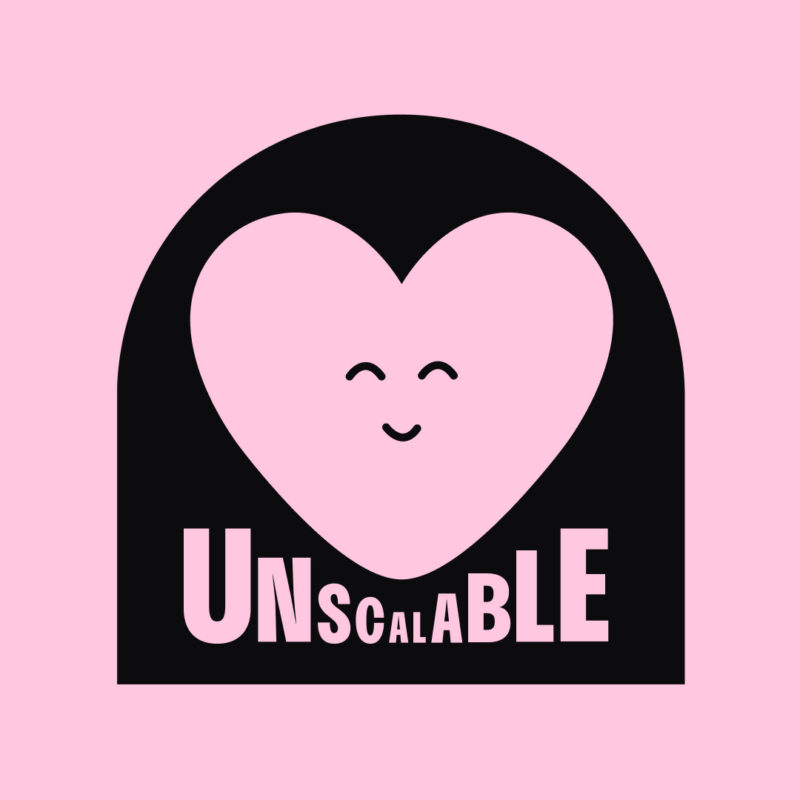Cheat Code: Unscale to scale up
Instead of aiming for small impacts on big audiences, consider making bigger impacts on smaller ones, says Dan Monheit, CEO of Hardhat.
One of the blessings of being a market-leading brand is the ability to activate at scale. The downside is that often, this opportunity is an expectation. Whether developing new products, services or comms, market leaders feel compelled to create with an audience of millions in mind. Within these organisations, experience has shown me that even the edgy, agile, ‘test and learn’ initiatives carved out to the side are taken on with the knowledge that if they ‘work’, they’ll be rolled out more broadly.
One of the most significant advantages of market leadership is the mindset and ability to operate’ at scale’. It’s also what makes leading brands so difficult to chase down. While it has its benefits, the ‘pursue only that which scales’ mindset also has its drawbacks, especially in comms. For one, actions at scale tend to create, by definition, smaller impacts on larger groups of people. For challenger brands, who are not wedded to this approach, there’s an opportunity to invert this thinking.


